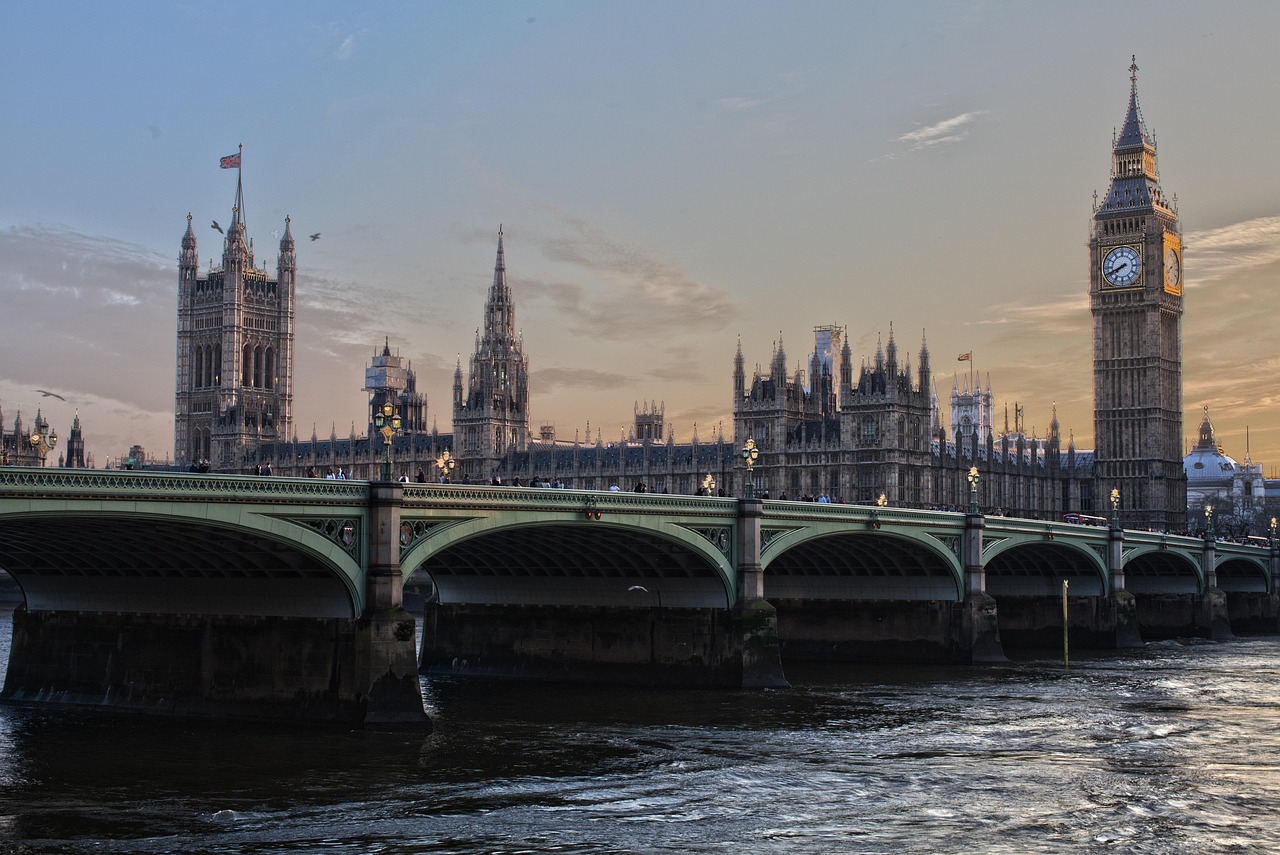Housing secretary Robert Jenrick’s new planning white paper is exciting news for those who care about ending the housing shortage and reforming the planning system.
First and best is the white paper’s confirmation that we critically need to build more housing within reach of the best job opportunities. Second is the dismissal of supply denialist arguments that plentiful supply is unnecessary, implausible and/or undesirable.
Mr Jenrick did not quite cite the eminent economic historian Nicholas Crafts, who estimated that we could boost GDP growth by 2 percentage points for an entire decade if we fixed the planning system, but that is clearly not far from the government’s mind.
The technical task force working on the white paper has done a workmanlike job in response to the question: how would you make this system cheaper, faster and produce more homes in the near future? So we will move towards a faster, more certain system, more like the “zoning” systems of the US and continental Europe. We will see more use of software and less legalistic wrangling.
Most exciting for neoliberals is the white paper’s interest in “street votes”, which would let each single street of residents pick a design and allow themselves to replace drab bungalows or dreary semi-detached houses with stunning terraces or mansion blocks, with five times as much housing and, over time, potentially millions more homes – a policy which even the venerable Royal Town Planning Institute considers “potentially fruitful”, and Founders Pledge thought could have a big impact.
That is a big win for 1828, whose joint manifesto with the Adam Smith Institute recommended street votes. It also echoes the argument of 1828 adviser John Penrose MP to “build up, not out”.
In the short term, the white paper’s real teeth involve vastly higher targets for annual housebuilding in places like London. A classical liberal might raise an eyebrow at the use of targets. Inevitably, they will become a political football. The battle lines are already being drawn.
If the new higher targets are not met, there will be a legal presumption to approve development that would otherwise be rejected. Of course, that creates tensions with the government’s expressed determination to ensure beauty and protect the green belt. Some councils may release more green belt for housing, rather than allow a free for all by missing their targets or enrage their voters with a wave of construction in suburbia. Some councils will probably just sit back, expecting to miss their target, and blame the government when undesirable or ugly developments are automatically permitted.
The key question is how the government will ensure that high binding targets for housing production won’t be abolished as in prior decades, most recently by David Cameron.
If the intention is to focus the high targets on the Labour areas of London, which will involve overriding the mayor’s current statutory powers, it will be hard to target Labour seats in outer London without also hitting suburban Conservative constituencies. If the targets go to inner London, that will involve much more high rise, which may be near historic buildings and will have an unpopular effect on skylines seen from the suburbs. And the next government might reverse it all. Here’s secretary of state Eric Pickles in 2010:
“Communities will no longer have to endure the previous government’s failed Soviet tractor style top-down planning targets – they were a terrible, expensive, time-consuming way to impose house building and worst of all threatened the destruction of the green belt […] instead we will introduce powerful new incentives for local people so they support the construction of new homes in the right places and receive direct rewards from the proceeds of growth to improve their local area.”
The previous government’s targets were causing building on the green belt:
Towns and areas that were planning to make green belt cuts and reviews because of Whitehall-imposed targets will now be able to make their own decisions where new development is built. They include: Bath, Bedworth, Bournemouth, Bristol, Bromsgrove, Broxbourne, Cheltenham, Chertsey, Coventry, Gloucester, Guildford, Harlow, Hatfield, Hemel Hempstead, Leeds, Lichfield, Maidenhead, Newcastle-under-Lyme, Nottingham, Nuneaton, Oxford, Redditch, Redhill, Reigate, Rushcliffe, Stevenage, Solihull, Tunbridge Wells, Welwyn, and Woking and Worcester and in West Yorkshire beyond Leeds.
Happily, the white paper’s interest in “street votes” provides a way to square the circle. They can deliver plentiful housing and hugely exceed the new housing targets, adding millions of great new homes, without any of those political problems.
The state of the art in institutional economics (references in here) treats planning restrictions as a de facto property right that protect residents from spillover effects. 1828 adviser Sam Bowman has explained how the fundamental problem is that those rights are not alienable, so homeowners cannot negotiate win-win deals that create more homes while sharing the benefits. Street votes provide a way to do exactly that.
The economist Harold Demsetz explained that societies will tend to create property rights when that is the efficient way to address spillover effects. That is why the planning system has survived for so long. Residents like the protection it gives against the spillover effects of development.
Assume someone owns a single whole village among hundreds of similar villages nearby – in economist-speak, a perfectly competitive market. She decides not to build a new ugly building in that village because it would lower the total value of her village. So far, perfectly efficient.
But if the same village were owned instead by many people, then to allow a single landowner to build that building, creating externalities of ugliness that reduce the overall value of that village, is economically inefficient. Part of planning rules is there for an economic purpose, like the tort of nuisance or the common law right to light – or indeed the law of trespass. The reason why it is confusing is because the planning rights are currently held by the government, and individual residents cannot make choices about them – at least, at the moment.
But the beauty of street votes and similar policies is that if we let people negotiate and trade their rights about development, we can get high-quality development that improves places and ensures plentiful housing. People have failed to fix planning for fifty years because they have failed to understand that the politically durable way forward is win-win. Excitingly, Mr Jenrick has just selected 1828’s preferred policy to overachieve on his housing targets and fix housing once and for all.
















